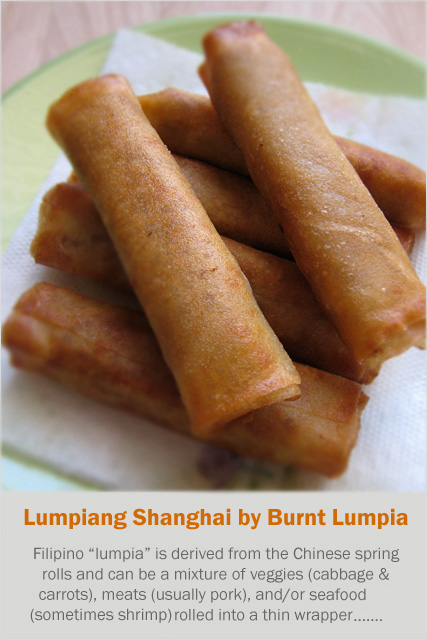Hello, Folks!
I wanted to let everyone know that I will not be posting on this blog any more. I'll be transferring the files to my other food blog at Cook With Honey. I want to thank everyone for being so patient with my posting on this blog, but my work, as well as posting on my regular blog at Walking Between the Grapevines has just taken over so much of my time that I can't give Our Roots in Food enough of my time.
Like I mentioned, all of the recipes will be transferred and re-posted at Cook With Honey over the next few weeks. I would love it if you would follow me over there and enjoy the many recipes that will be posted on that blog. I will be including many more recipes to celebrate all of my families heritage: German, Irish, English, Native American, Dutch, Indonesian and even Guamanian dishes - in honour of my oldest son's birthplace.
Oudoe,
Ingrid
I wanted to let everyone know that I will not be posting on this blog any more. I'll be transferring the files to my other food blog at Cook With Honey. I want to thank everyone for being so patient with my posting on this blog, but my work, as well as posting on my regular blog at Walking Between the Grapevines has just taken over so much of my time that I can't give Our Roots in Food enough of my time.
Like I mentioned, all of the recipes will be transferred and re-posted at Cook With Honey over the next few weeks. I would love it if you would follow me over there and enjoy the many recipes that will be posted on that blog. I will be including many more recipes to celebrate all of my families heritage: German, Irish, English, Native American, Dutch, Indonesian and even Guamanian dishes - in honour of my oldest son's birthplace.
Oudoe,
Ingrid




